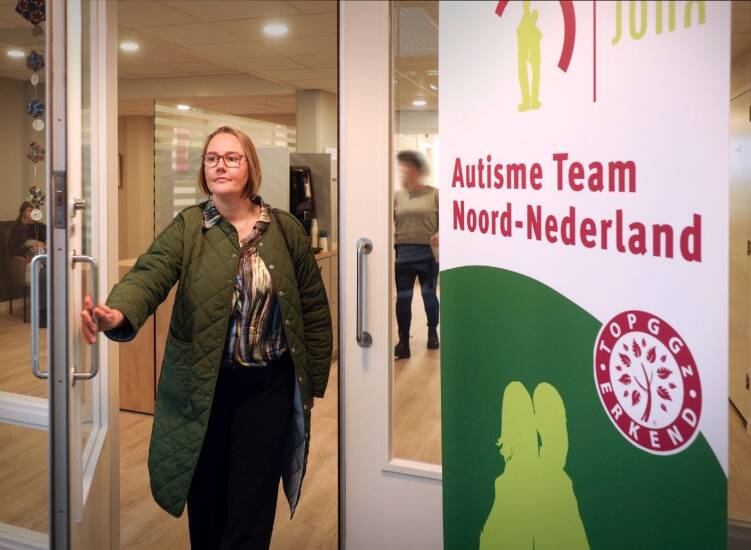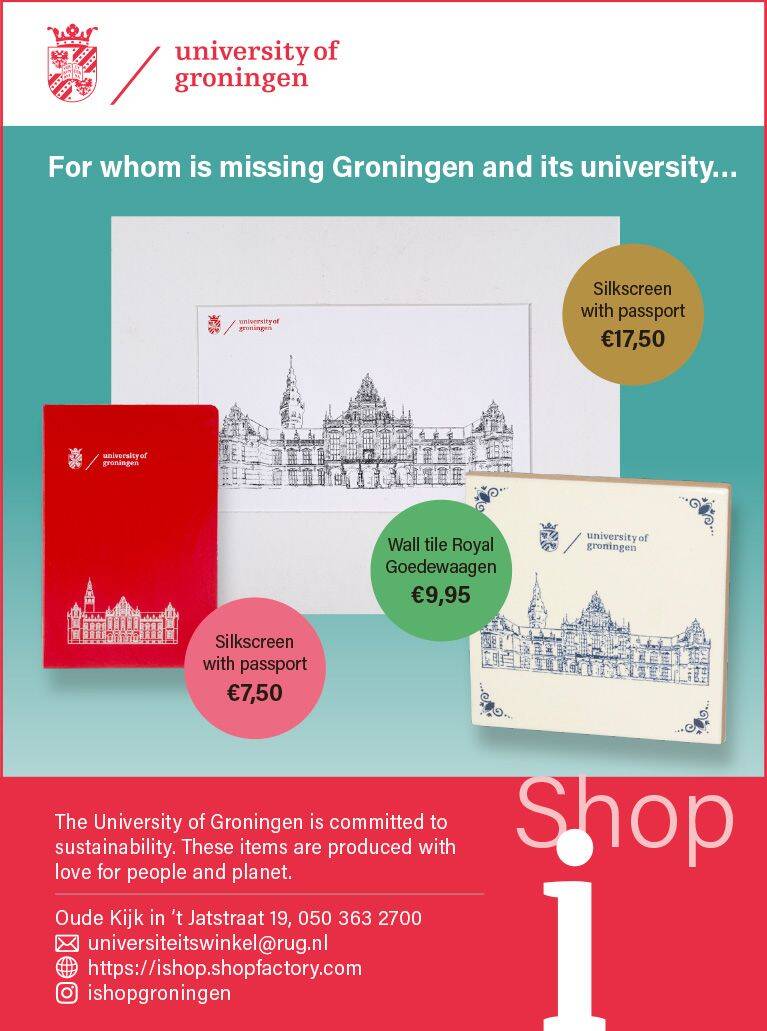


ILLUSTRATION: DINA MANIAR / RUG
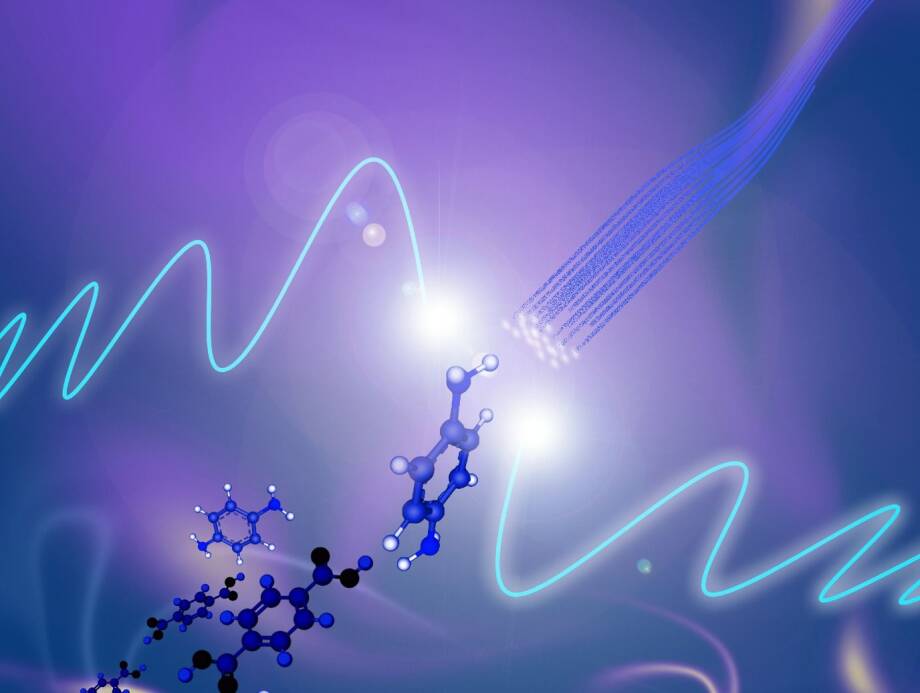
Recycling your bulletproof vest in a microwave reactor
Twaron and Kevlar are brand names for aramid fibres, which are strong as steel yet much lighter. They are used to make bulletproof vests, strong ropes, and high-performance car tires, for example. These extremely tough materials have one drawback: they are very difficult to recycle. Polymer scientists at the University of Groningen and NHL Stenden University of Applied Sciences (the Netherlands), in cooperation with the Dutch company Teijin Aramid, have developed a novel microwave-assisted chemical recycling process for aramid fibres, as described in a publication in the Journal of the American Chemical Society. Read more.
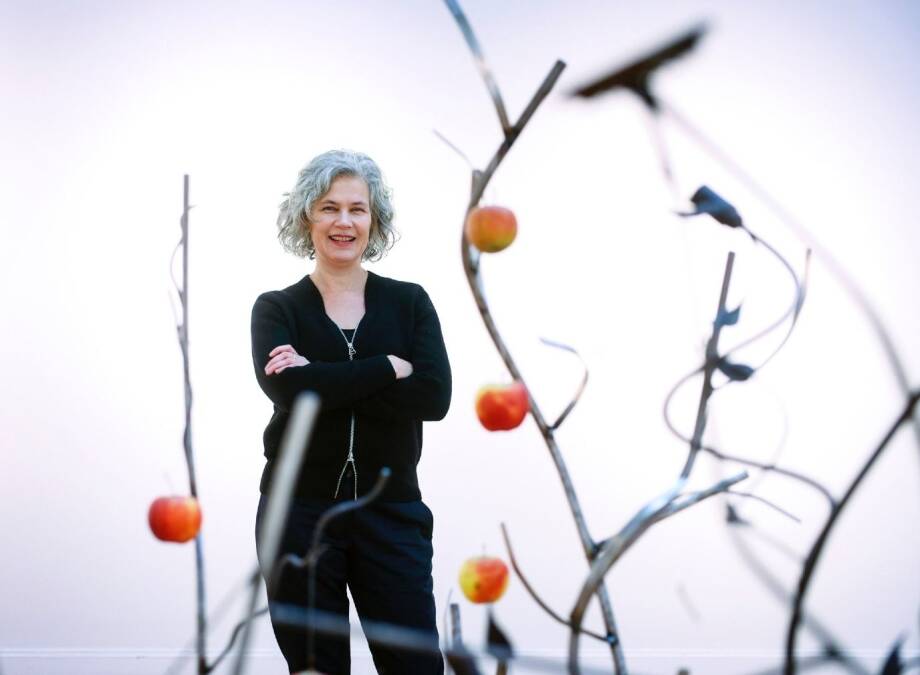
Making art as a research method
Painting, writing, making theatre productions – not the first activities that spring to mind when you think of academic research. At the University of Groningen, it is nonetheless possible. In an artistic PhD track, the researcher combines theoretic methods with making art, such as visual arts, music, dance, or creative writing. Ann-Sophie Lehmann, Professor of Art History and Material Culture at the UG, explains: ‘The biggest difference from traditional PhD research is that the artistic work is also taken into account in the assessment of the research. An assessment committee should therefore comprise not only academics but also people who know something about art.’ Read more.
PHOTO: HENK VEENSTRA
IMAGE: FILEDEBOP / DEVIANTART
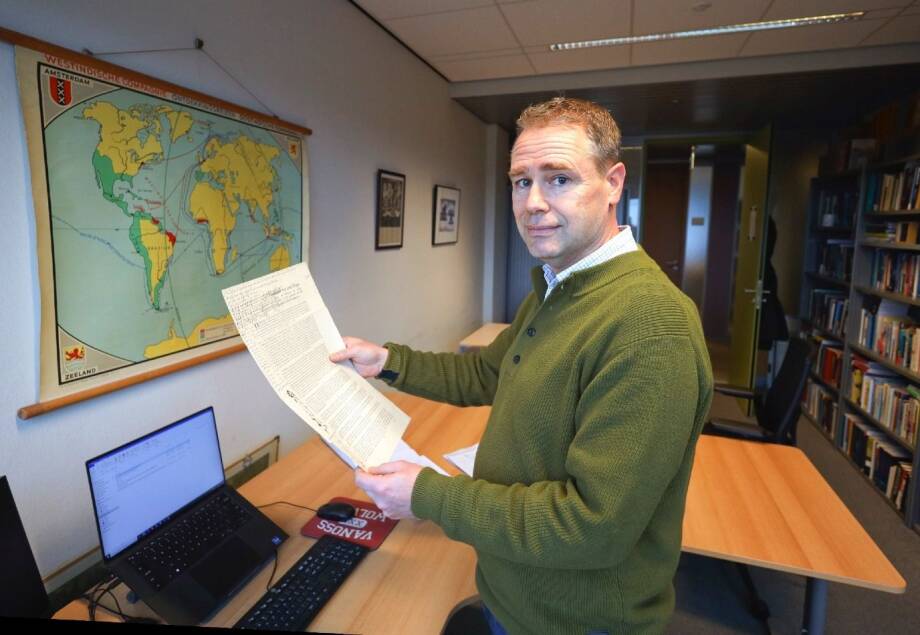
The influence of financial instruments on the lives of enslaved people
Some groups of enslaved people in the Dutch Caribbean colonies were particularly harmed by how sugar and coffee plantations were financed. The more debt financing was used, the larger were the adverse physical consequences for forced labourers. This is evident from the preliminary results of the NWO project ‘Collateral damage: The financial economics of slavery’, on which Abe de Jong is working. For this project, the Professor of Corporate Finance analysed thousands of archival records using modern economic models and insights.
Read more.
PHOTO: HENK VEENSTRA
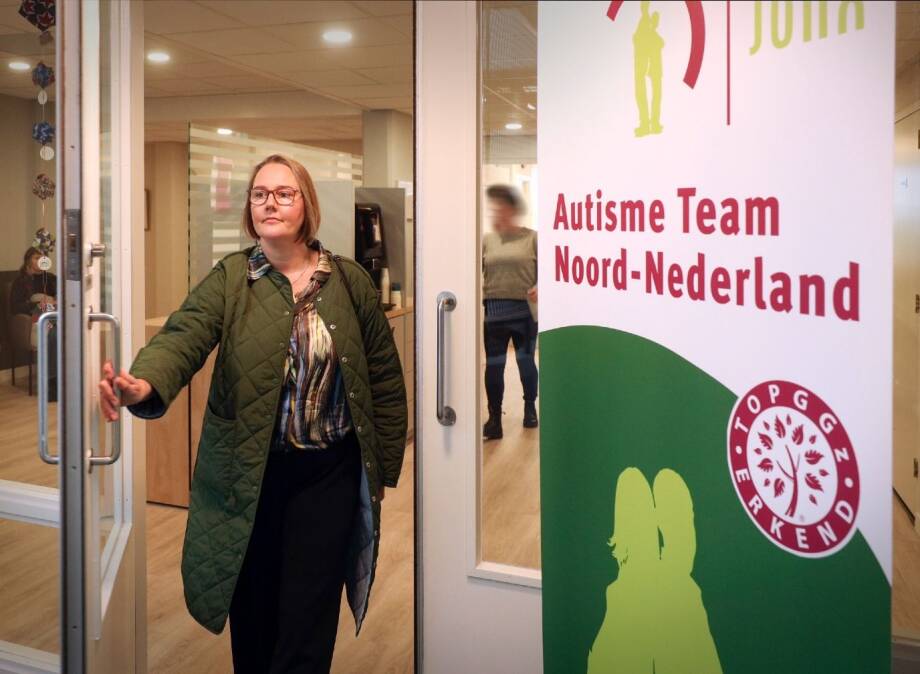
PHOTO: HENK VEENSTRA
Autism in women: masking takes its toll
Women with autism are often diagnosed later than men; partly because they show socially desirable behaviour and mask their symptoms. Researcher Yvonne Groen developed a screening tool together with her colleagues to simplify the diagnosis and hopes to help women find the proper support faster. Read more.
On Saints and Soldiers: Rethinking the Co-evolution of Group Cooperation and Conflict
Why individuals form groups and cooperate to fight other groups when there is no history of violence to revenge, and other groups pose no threat to oneself or one’s group? In his inaugural lecture Prof Carsten de Dreu aims to answer this question. He discusses the results of experiments that examined two possible answers and concludes: ‘In the ultimate, group cooperation did not evolve because of conflict. Conflict evolves because of cooperation. Read more.
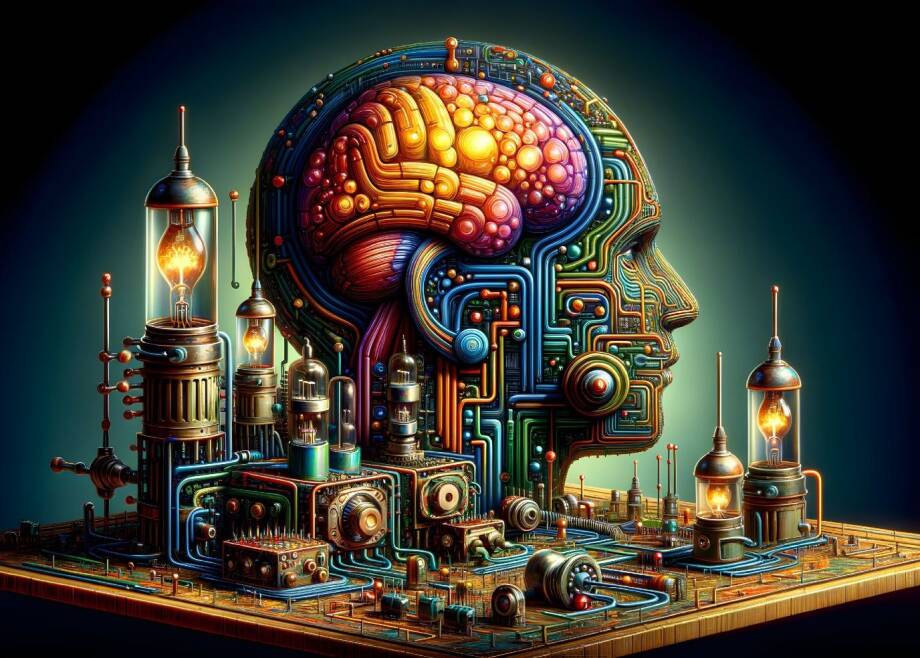
Working on better AI (with a smaller budget than
the US)
The US is going to invest a staggering amount of $500 billion in AI. New infrastructure will make it possible to run energy-intensive AI systems, and AI regulations will become more flexible. In contrast, researchers at the University of Groningen are working on future-proof computing: more energy-efficient hardware and responsible AI that can collaborate with humans.
Read more.

On Saints and Soldiers: Rethinking the Co-evolution of Group Cooperation and Conflict
Why individuals form groups and cooperate to fight other groups when there is no history of violence to revenge, and other groups pose no threat to oneself or one’s group? In his inaugural lecture Prof Carsten de Dreu aims to answer this question. He discusses the results of experiments that examined two possible answers and concludes: ‘In the ultimate, group cooperation did not evolve because of conflict. Conflict evolves because of cooperation. Read more.
Making art as a research method
Painting, writing, making theatre productions – not the first activities that spring to mind when you think of academic research. At the University of Groningen, it is nonetheless possible. In an artistic PhD track, the researcher combines theoretic methods with making art, such as visual arts, music, dance, or creative writing. Ann-Sophie Lehmann, Professor of Art History and Material Culture at the UG, explains: ‘The biggest difference from traditional PhD research is that the artistic work is also taken into account in the assessment of the research. An assessment committee should therefore comprise not only academics but also people who know something about art.’ Read more.
PHOTO: HENK VEENSTRA
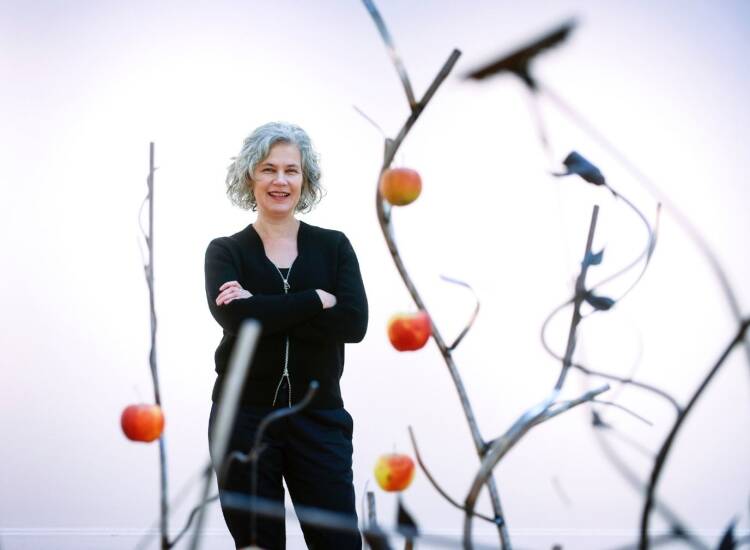
IMAGE: FILEDEBOP / DEVIANTART
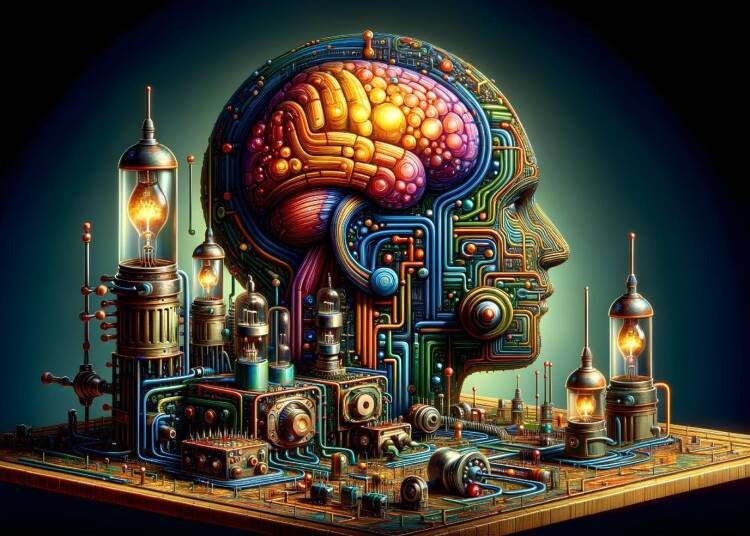
Working on better AI (with a smaller budget than the US)
The US is going to invest a staggering amount of $500 billion in AI. New infrastructure will make it possible to run energy-intensive AI systems, and AI regulations will become more flexible. In contrast, researchers at the University of Groningen are working on future-proof computing: more energy-efficient hardware and responsible AI that can collaborate with humans. Read more.
PHOTO: HENK VEENSTRA
ILLUSTRATION: DINA MANIAR / RUG
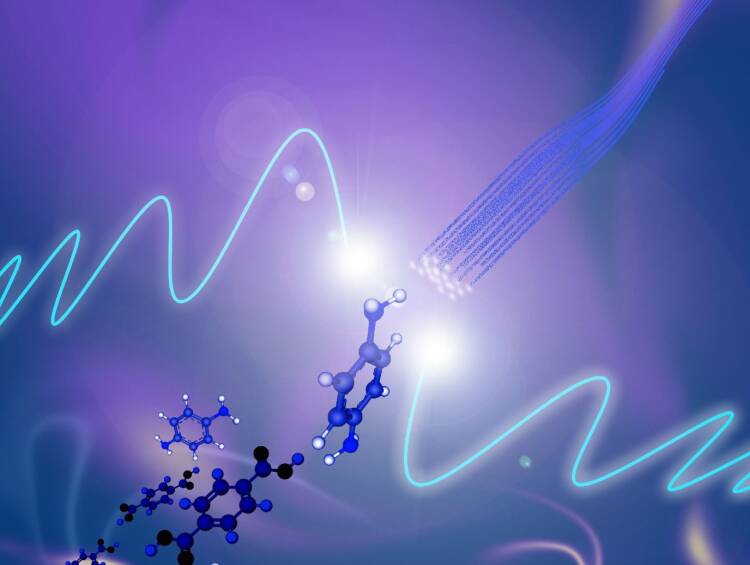
Recycling your bulletproof vest in a microwave reactor
Twaron and Kevlar are brand names for aramid fibres, which are strong as steel yet much lighter. They are used to make bulletproof vests, strong ropes, and high-performance car tires, for example. These extremely tough materials have one drawback: they are very difficult to recycle. Polymer scientists at the University of Groningen and NHL Stenden University of Applied Sciences (the Netherlands), in cooperation with the Dutch company Teijin Aramid, have developed a novel microwave-assisted chemical recycling process for aramid fibres, as described in a publication in the Journal of the American Chemical Society. Read more.
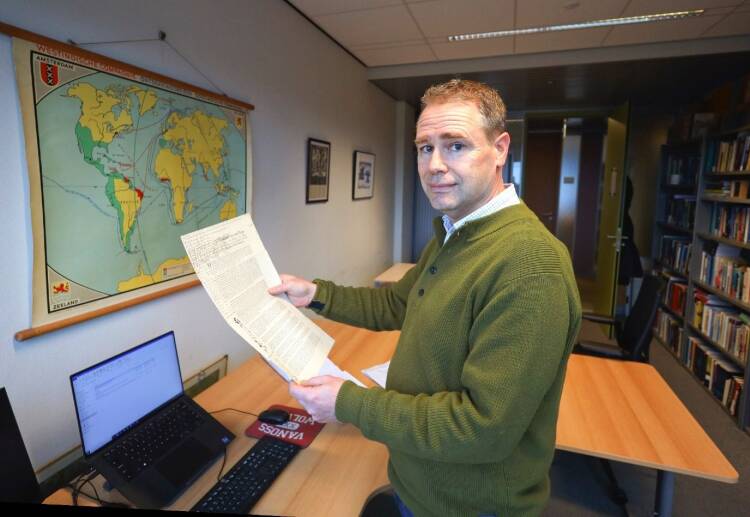
The influence of financial instruments on the lives of enslaved people
Some groups of enslaved people in the Dutch Caribbean colonies were particularly harmed by how sugar and coffee plantations were financed. The more debt financing was used, the larger were the adverse physical consequences for forced labourers. This is evident from the preliminary results of the NWO project ‘Collateral damage: The financial economics of slavery’, on which Abe de Jong is working. For this project, the Professor of Corporate Finance analysed thousands of archival records using modern economic models and insights.
Read more.
PHOTO: HENK VEENSTRA
PHOTO: HENK VEENSTRA
Autism in women: masking takes its toll
Women with autism are often diagnosed later than men; partly because they show socially desirable behaviour and mask their symptoms. Researcher Yvonne Groen developed a screening tool together with her colleagues to simplify the diagnosis and hopes to help women find the proper support faster. Read more.


